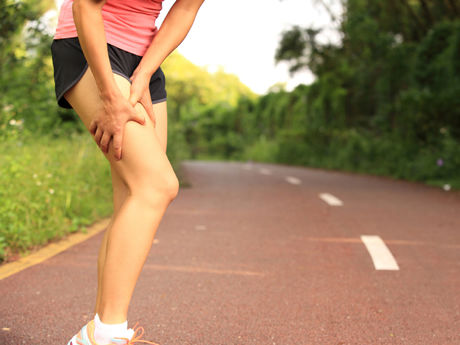Running Injuries - Should you run through them?
- Justin Stark
- Sep 14, 2017
- 2 min read

The age old question - should I run with an injury? I promise to take it easy. I will lose so much conditioning if I don’t get my runs in. We’ve all been there (and don’t want to be back there).
My toughest injury was half way through my marathon training program for the Victoria Marathon. I was feeling great. I’d got my distances up there and then on one of our Sunday morning long runs, we were running through a beautiful little park and didn’t see that massive tree root that came out of the blue. I went over on my ankle and that was it - my only concern at that moment was the marathon and how could I complete it. I dreamt of every possibility but it just wasn’t going to happen for me.
Back in those days, I hadn’t discovered water running. Now, I still may not have completed the marathon if I had been a water runner, but I would have definitely been able to have kept most of the conditioning that I worked hard to obtain. Water running is a great alternative to running. For those that find that their training schedule is just too rigorous, or they have some kind of running-related injury, water running is just the trick.
Water running has become a popular water aerobics class now, so you can enjoy this low impact, resistance training with other runners or water runners while being coached through warm-ups, intervals and cool down sessions. So next time that injury strikes or you’re just looking for an alternative low impact x-training, check out your local pool schedule.
The greatest thing about running is it’s ultimate flexibility.
That (and wanting to lose some weight) was the reason that I took up running. I love the fact that you can practically run anywhere – on the road, in a park around a track, in a gym on the treadmill and wherever you may be at home or on vacation. With all these choices, it’s really hard to think of an excuse not to run.
If you have a choice in the running surface you run on, opt for the softer surfaces. Softer surfaces will reduce the stress and strain on bone, ligaments, tendons and muscles and make your run more enjoyable all around. Asphalt is preferable to concrete and dirt or bark mulch even better. With softer surfaces the impact is absorbed in the ground and not on your body.
A word of warning though, with softer surfaces, there is usually a bit more uncertainty as to how level ground is. Running on trails in the park can usually have some big tree roots sticking out or equally as dangerous would be a grass surface, which can mask holes in the ground. Just be aware and don’t drag your heels.









Comments